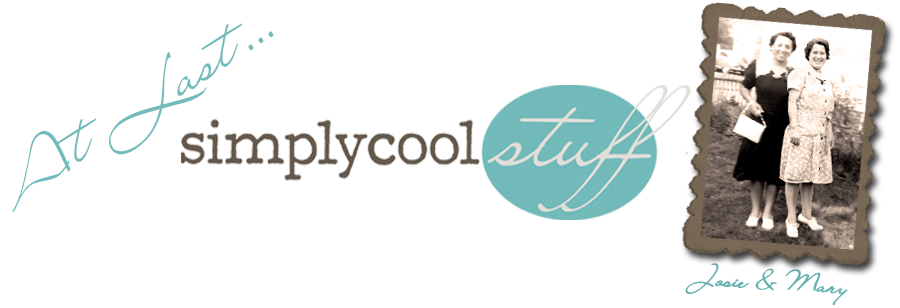It was 1825 when glass was first pressed into a decorative mold by machine rather than being hand blown into a form. The original patterns were quite ornate in nature to hide manufacturing flaws of the pressing machine. Known as the Lacy Period from 1825-1845, manufacturers from Boston and PIttsburgh produced heavy large pieces that often had a high lead content and ultimately evolved into what is known as Flint Glass. The characteristic ring tone, when tapped, defines these early pieces. Flint Glass was popular through 1865 as improvements in the pressing machines and glass techniques allowed for countless simple and elegant designs. Ohio and West Virginia jumped on the bandwagon and color was added to create milk glass, amethyst, blue, canary, and red. Since Early American Pattern Glass was poured into cast-iron molds and marketed as an alternative to hand cut crystal, it was much less expensive to produce than blown glass and thus appealed to the masses at the time.
From 1836-1889, Mckee Glass Company of Pittsburgh, PA established itself as a premier manufacturer of pressed and flint glass bottles. From 1865-1910 pressed glass dominated the markets as lead disappeared from the formula (it was needed for bullets during the Civil War) and soda -or lime- was added. Hundreds of patterns existed, with some ever so slightly different in form or decorative elements. The economy played a role in the consolidation of 18 companies resulting in the formation of United States Glass Company until its demise in 1984. A. H. Heisey Glass Company, as well as Fostoria Glass Co. were major manufacturers during the late 1890's, known as Elegant Glass, providing beautiful quality pieces that were leagues above the overproduced lines of the Early American Pattern Glass at the time.
WWI and its accompanying recession brought about the demise of EAPG as European imports such as Waterford and Baccarat crystal became available at relatively affordable prices. It was the 1930's that once again popularized pressed patterns with the introduction of inexpensive lines known as Depression Glass. As you look at pieces you may have inherited or collected, think about how very cool it is to realize it all dates back to 1825, with the introduction of that lowly pressed glass machine. Who knew?















No comments:
Post a Comment